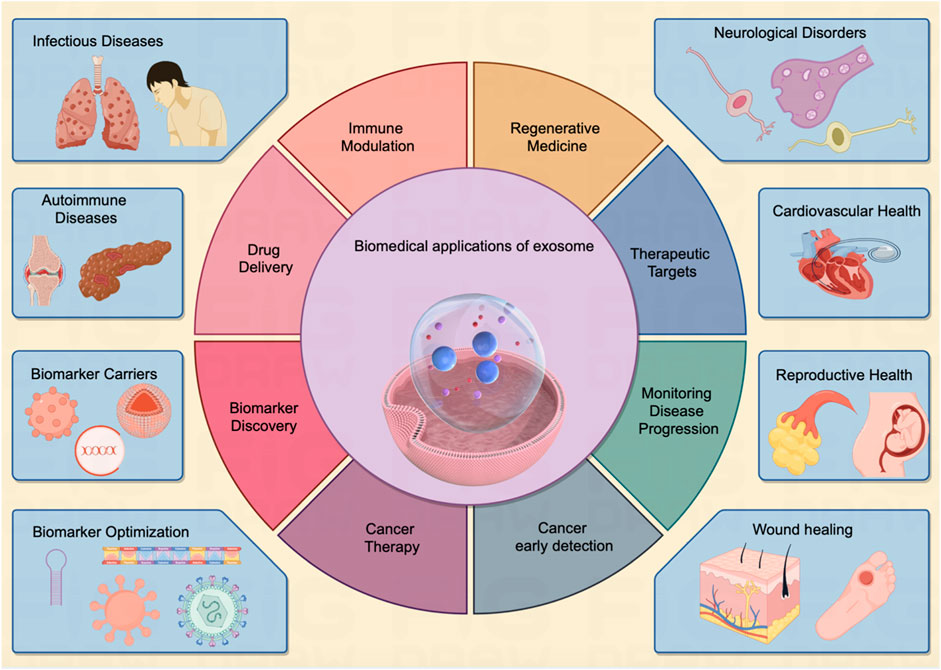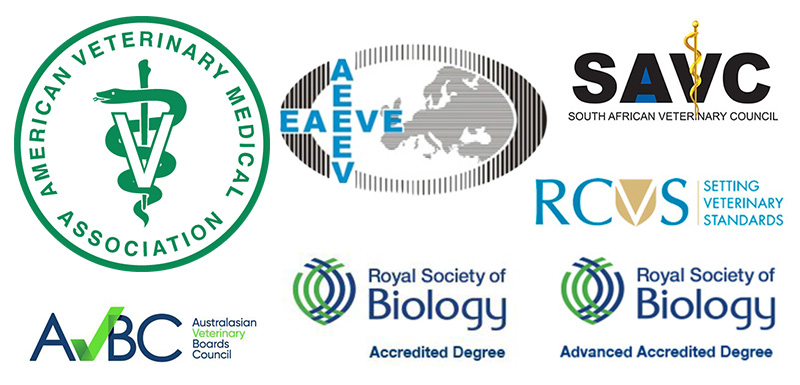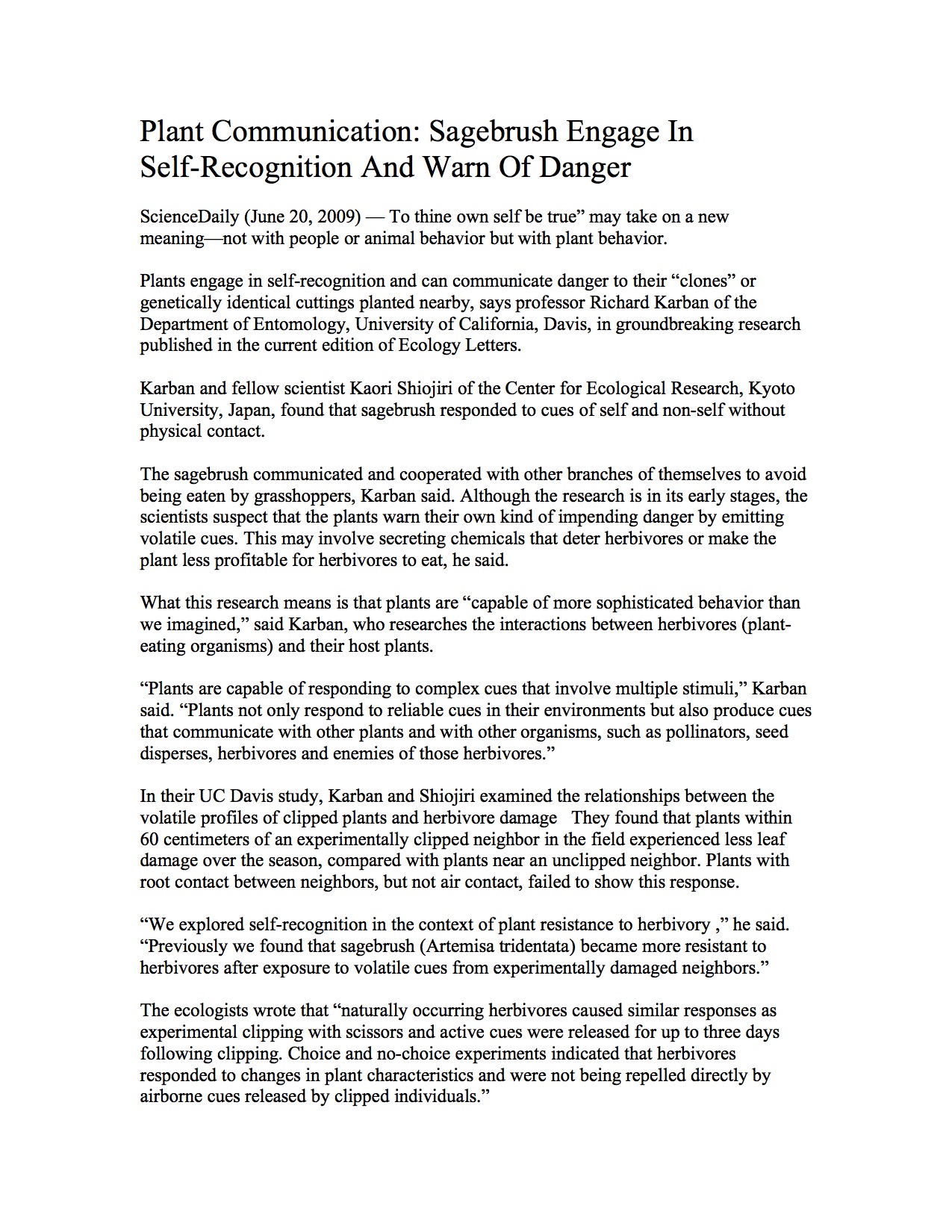Incident Report: Child Fatality in Palaio Faliro, Athens
Case Summary and Linkage to Sustainable Development Goals (SDGs)
A report has been filed concerning the death of a 3-year-old child in Palaio Faliro, Athens, on July 26. The 32-year-old mother, an Algerian national, has been charged with premeditated homicide. This case highlights critical failures and challenges related to several Sustainable Development Goals (SDGs), particularly those concerning justice for children, health and well-being, and social inequality.
Analysis through the SDG Framework
Violation of SDG 16: Peace, Justice, and Strong Institutions
The incident represents a severe breach of SDG Target 16.2, which aims to “end abuse, exploitation, trafficking and all forms of violence against and torture of children.” The response by Greek authorities reflects the role of institutions in upholding justice.
- Legal Action: The mother faces charges of premeditated homicide and familial abuse, demonstrating the justice system’s response to violence against children.
- Forensic Investigation: A forensic autopsy confirmed the cause of death as asphyxiation and revealed prior injuries, providing critical evidence for judicial proceedings and underscoring the violence inflicted.
- Judicial Process: The suspect was scheduled to appear before an investigating magistrate for the execution of an arrest warrant, initiating the formal legal process to ensure accountability.
- Ongoing Investigations: Police are investigating testimonies of past abuse and other associated individuals, indicating an institutional effort to address the full scope of the crime.
Implications for SDG 3: Good Health and Well-being
The child’s death is a direct contravention of the right to life and health as outlined in SDG 3. The circumstances point to significant gaps in ensuring the physical and mental well-being of vulnerable individuals.
- The confirmed cause of death and evidence of physical abuse signify a complete failure to protect the child’s fundamental right to health and safety.
- The case raises questions about the availability of mental health support and social services for caregivers, particularly those in precarious situations, which is a key target of SDG 3.
- The well-being of the two surviving siblings is a critical concern, necessitating intervention from child protective services to safeguard their health and future development.
Socioeconomic Factors and SDG 10: Reduced Inequalities
The mother’s status as an undocumented migrant highlights the acute vulnerabilities associated with social and economic inequality, a core focus of SDG 10.
- The suspect’s illegal residency status in Greece exemplifies the marginalization faced by migrant populations, which can be a barrier to accessing social safety nets.
- Inequalities in legal status and economic stability can contribute to heightened familial stress and isolation, increasing the risk of violence and abuse.
- This incident underscores the urgent need for inclusive policies that protect the rights and safety of all children, regardless of their parents’ migration status, to achieve the goal of reducing inequality.
Interconnected Goals: SDG 1 (No Poverty) and SDG 5 (Gender Equality)
The case also touches upon broader developmental challenges related to poverty and gender dynamics.
- SDG 1: The family’s circumstances suggest potential economic precarity, a condition that SDG 1 aims to eradicate. Poverty is a significant risk factor that can exacerbate vulnerability to violence and exploitation.
- SDG 5: The incident falls within the scope of violence against children within the family unit, a key concern for achieving gender equality and empowering women and girls. The search for the children’s father also highlights the importance of shared parental responsibility in ensuring a safe environment for children.
SDGs Addressed in the Article
- SDG 16: Peace, Justice and Strong Institutions – The article’s core theme revolves around a violent crime (homicide), child abuse, and the response of the justice system.
- SDG 5: Gender Equality – The victim is a young girl, highlighting the issue of violence against girls.
- SDG 3: Good Health and Well-being – The article discusses the preventable death of a child under the age of five.
- SDG 10: Reduced Inequalities – The perpetrator’s status as an illegal immigrant points to vulnerabilities associated with migration status and inequality.
Specific SDG Targets Identified
-
Target 16.1: Significantly reduce all forms of violence and related death rates everywhere.
- The article directly addresses this target by reporting on the death of a 3-year-old girl due to premeditated homicide, a clear instance of a “related death rate” from violence.
-
Target 16.2: End abuse, exploitation, trafficking and all forms of violence against and torture of children.
- This target is central to the article. The child died of asphyxiation, and the autopsy revealed “bruises and injuries,” indicating physical violence. The mother faces charges of “familial abuse,” and neighbor testimonies suggest “past instances of abuse,” all of which fall under this target.
-
Target 5.2: Eliminate all forms of violence against all women and girls in the public and private spheres.
- The victim was a 3-year-old girl who was killed by a family member. This represents the most extreme form of violence against a girl within the private (familial) sphere.
-
Target 3.2: By 2030, end preventable deaths of newborns and children under 5 years of age.
- The death of the 3-year-old girl by homicide is a clear example of a “preventable death” of a child under 5, directly relating to this target.
Indicators for Measuring Progress
-
Indicator 16.1.1: Number of victims of intentional homicide per 100,000 population, by age and sex.
- The article provides a specific data point for this indicator: one victim of intentional homicide, a 3-year-old female. The charge of “premeditated murder” confirms the intentionality.
-
Indicator 16.2.1: Proportion of children aged 1-17 years who experienced any physical punishment and/or psychological aggression by caregivers in the past month.
- This indicator is implied through the forensic evidence of “bruises and injuries on the girl’s body” and the “neighbor testimonies” that “indicate past instances of abuse.” The charge of “familial abuse” further substantiates this.
-
Indicator 3.2.1: Under-5 mortality rate.
- The death of the 3-year-old girl is a statistic that would contribute to Greece’s under-5 mortality rate. The article specifies the cause of death as asphyxiation (homicide), highlighting that it was a preventable death.
Summary Table of SDGs, Targets, and Indicators
| SDGs | Targets | Indicators |
|---|---|---|
| SDG 16: Peace, Justice and Strong Institutions | 16.1: Significantly reduce all forms of violence and related death rates everywhere. | 16.1.1: The article reports one victim of intentional homicide (premeditated murder). |
| 16.2: End abuse, exploitation, trafficking and all forms of violence against and torture of children. | 16.2.1: Implied by forensic evidence of “bruises and injuries” and neighbor testimonies of “past instances of abuse.” | |
| SDG 5: Gender Equality | 5.2: Eliminate all forms of violence against all women and girls in the public and private spheres. | The article describes the murder of a 3-year-old girl, a direct instance of violence against a girl in the private/familial sphere. |
| SDG 3: Good Health and Well-being | 3.2: By 2030, end preventable deaths of newborns and children under 5 years of age. | 3.2.1: The death of the 3-year-old girl is a data point for the under-5 mortality rate, specifically a preventable death due to homicide. |
Source: ekathimerini.com







